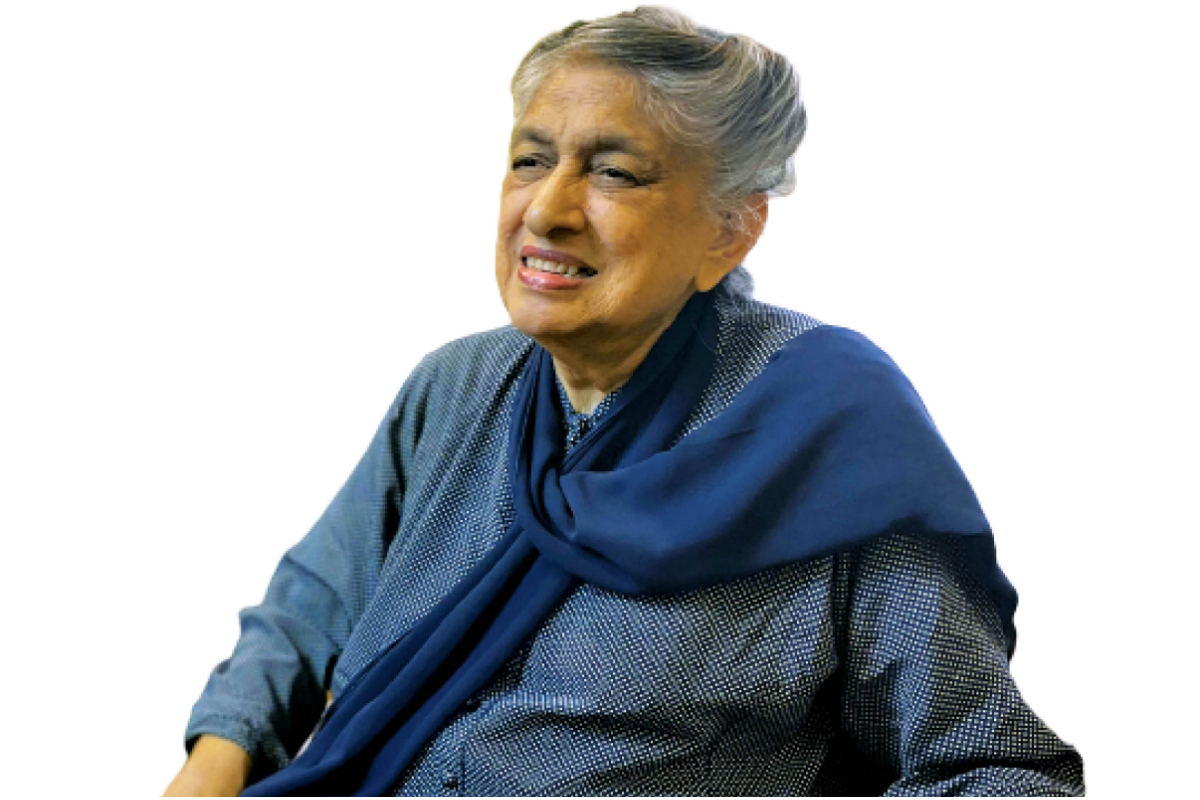
The human side of an architect
In conversation with Pakistan’s first woman architect, Yasmeen Lari
Karachi: Yasmeen Lari, started her career in the early 1990s building some of the most iconic buildings of Karachi including the Taj Mahal Hotel, Finance and Trade Centre and the Pakistan State Oil House, making her mark in a male-dominated profession. The 2005 earthquake changed the direction of Lari’s career and her life forever.
The earthquake, which killed nearly 80,000 people and left 400,000 families displaced, compelled her to devote all her energies to providing homes to marginalised people. Her foundation soon became one of the world’s most successful providers of sustainable and resilient disaster relief structures. Her foundation has built more than 50,000 houses for victims of floods and earthquakes in Pakistan since 2010. The 81-year-old architect has a bag full of awards in recognition of her devotion to disaster relief work.
She was awarded the prestigious Jane Drew architecture prize in 2020. In 2019, her name was among the 60 women who contributed most to 60 years of UNESCO. In 2018 she won the World Habitat Awards for a low-cost smokeless stove. In 2016 she bagged the Fukuoka Prize for Asian Art and Culture from Japan. She has also been bestowed with the highest civilian awards of Sitara-e-Imtiaz in 2006 and Hilal-i-Imtiaz in 2014. BolNews sat down with her to discuss her life and achievements.
From designing buildings for corporates to bamboo huts for the poor, what led to such a significant shift?
I think I’m genuinely compensating for spending 36 years of my life with the corporate world and as such being responsible for 40 per cent of carbon emissions. When I saw the poverty in my country, I realised that it’s not only the right of the elite to live a quality life, those surviving on the margins deserve better living too. I was sick of pleasing corporate clients so I switched over to writing books about Pakistan’s architectural history and put more effort into the Heritage Foundation, which I founded with my husband in 1980. But when an earthquake hit the northern area of Pakistan in 2005 killing more than 80,000 people and leaving 400,000 families displaced, I felt the urge to go. I had never done any relief work and had no idea what I could do as an architect. I didn’t have any workforce but with some Rs500,000 I responded to the call of my heart.
What was the idea behind the “barefoot social architecture” programme? How successful has it been?
I believe that the elite will never help the poor so I spearheaded a project to train beggars to become skilled craftspeople enabling them to earn their own living. The aim is to train expert artisans, or “barefoot entrepreneurs,” who are teaching the craft to their fellow villagers, ultimately enabling the community to start earning through their interconnectedness without depending on city folk. Each village specialises in making a different item, from bamboo panels to glazed tiles, mud bricks and ceramic goods, as well as fuel briquettes and soap. And 80 per cent of the communities we’ve worked with have since been raised above the poverty line.
Inundated areas and affected families are still looking to the authorities for help, why the government is failing to restore their basic infrastructure?
I believe it is the intention that matters and unfortunately the poor are out of the sight of elites. Government has resources but not the will. When the whole of rural Sindh was inundated after heavy rains which we never experienced before I promptly started applying all my learning and techniques to rebuild their houses in minimum amount. It turned out to be a great success and in ten weeks we built 1,000 houses for them at Rs 40,000 only in thirteen villages. Now I am aiming to build 1 million such houses. If I could do it, why can’t the government with a lot of resources?
So, why do you think the authorities are turning a blind eye to their responsibility?
I don’t want to dig deeper but the fact is that it’s all about the vested interest of powerful lobbies and the capitalist system. It is mandatory to mention here that it is estimated that Rs250,000 is required to build a house for the rehabilitation of those inundated, although it could be achieved in a minimum amount of Rs 40,000 for each household by using agile techniques with bamboo, mud and lime which follows the principles of low cost, zero carbon and zero waste. However, these techniques cut short the use of cement and steel, thus by applying those methods they are going to lose contracts which can earn them huge money.
Millions of people including children are still living in makeshift tents, how can they be helped?
I do believe we should maintain the dignity of people. We frequently misunderstand what kind of assistance is required. By giving them money or throwing ration bags to them we may console our conscience but this is not what they need. They are displaced, but they are not disabled. If we can encourage the elusive element of pride among traumatized families half the battle would be won, for they would soon be on the road to self-reliance. Give them due respect and treat them as we would a corporate-sector client. We just need to hold their hands and teach them what they can do. Like every village I am looking after, there is a specialized field of earning. For instance, a cohort of women was trained to build the chulahs or stoves, in turn training other women for about Rs.300, creating a chain of artisans who can monetize their new skills. Since 2014, more than 60,000 stoves have been built, improving the health of more than 400,000 people – and the local female entrepreneurs earn 25 times their original income. There’s so much that can be done with what’s already there while spending ten times as little.
Islamabad asked the countries to take responsibility for the climate disaster. Do you think it is justified for the people hit by climate change to wait for the reparations?
I can’t get this, people are suffering, and 10 million children are vulnerable and might catch diseases. How can we turn a blind eye to our responsibilities while waiting for reparations? It is time to respond on a war footing and get prepared for the next torrential season. As far as the demand for reparations is concerned, if we get the money it should go directly to the people not into the pocket of others. Poor are the ones who have suffered and they should be the ones who benefit from it. And for this, we will demand the assurance of transparency.
Catch all the Urban Insight News, Breaking News Event and Latest News Updates on The BOL News
Download The BOL News App to get the Daily News Update & Live News.





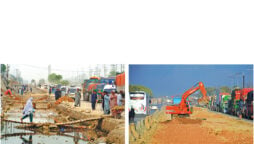

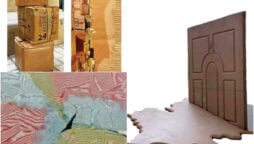
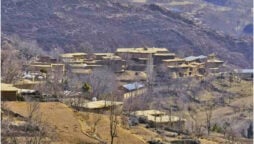

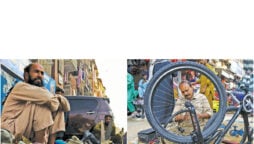

 Read the complete story text.
Read the complete story text. Listen to audio of the story.
Listen to audio of the story.